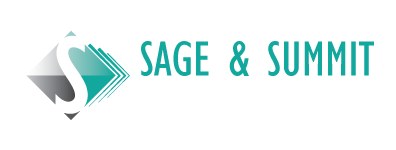Why Focus on Your Organization’s Happiness? Quite simply, happiness is better than sadness, and it is better than the void between, assuming there is one. The benefits to mental and physical health, relationships, productivity etc. are well documented. Suffice to say that the more time spent in a state of happiness the better for everyone, including the organization.
A recent survey by Tracking Happiness, confirmed that 40% of happiness is determined by our internal state of mind – meaning it can be controlled (TrackingHappiness.com). This is good news for leaders who care about their team’s happiness, because there are plenty of things that can be done to impact the state of mind of your team.
Rather than consider the seemingly infinite definitions of happiness, we’ll take the liberty to expand upon one of the core definitions of happiness from the Merriam Webster Dictionary “ a state of well-being and contentment”. From a workplace point of view, we will propose a practical definition of happiness as: an individual feeling that they are making the best use of their time at that time. In short, if they are making the best use of their time, they can focus and be happy. It doesn’t mean they wouldn’t rather be on a beach with a margarita, but knowing all their aspirations, goals and commitments, coming into work is the best use of their time Monday to Friday.
This best use of time definition of happiness is linked to individuals realizing the following 3 elements:
- Financial & social tie in to Work (individual & family)
- Personal goals & values
- Make a meaningful impact to the organization
How can you help your team look after these key elements for maximizing their happiness while the are at work? First of all, keep in mind that happiness is one of those things that requires a you first approach; you can’t help others to be happy unless you are happy. People’s intuition is too strong to allow a facade of happiness to influence them for very long. So as a leader, look after yourself first, and make sure your time at work is valuable to you. Leadership always starts from the inside, and leading the happiness journey is no different.
Financial & Social Tie in to Work: This element covers making a living and defining a position in society as it relates to work.
- What can a Leader do to support this element?
- Create an organization that employees are proud to be associated with.
- Provide opportunities to engage with the company outside of work: social gatherings, community support or other charitable activities.
- Fair pay & benefits.
Personal Goals & Values: The individual’s Why, their values, their family, career & personal goals.
- What can a Leader do to support this element?
- Keep the organization on track to its values and its vision and mission so the individual can determine if there is a match to their own mission and values.
- Understand the individual’s career goals. Help them understand their strengths, and invest in those strengths. Help them to be successful at work.
- “People who have the opportunity to use their strengths at work are not only more materially successful in terms of productivity and performance, they’re happier and healthier to.” (“The Positive Leader”, Jan Mühlfeit).
Make a Meaningful impact to the organization: Do something useful at work, and be recognized for it.
- What can a Leader do to support this element?
- Define their role and show how it fits into the organization, and how positive results from the role impact the organization.
- Celebrate positive results at all levels of the organization.
- Move the organization to relational leadership that empowers each employee to use their judgement and ingenuity to improve what they do and how they do it. Respect, value and utilize the knowledge, skills and ideas of each employee.
Sadly, pursuing happiness in the workplace is far from mainstream, so it takes a bold leader and a committed team, but the rewards may be significant enough to make your life as a leader as happy as they can be.

